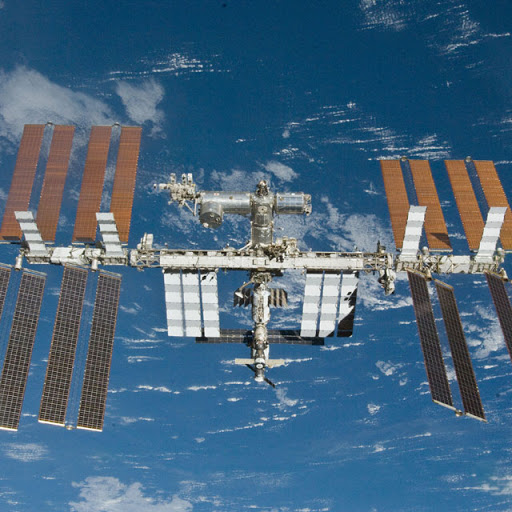ISS 1.jpg

Part 3 of 4 Parts (Please read Parts 1 and 2 first)
One year later, Roscosmos completed its investigation of the hole in the hull of the Soyuz capsule. However, the Russians refused to say publicly what they had discovered. Rogozin at Roscosmos told a science conference that “We know exactly what happened, but we will not tell you anything.”
While the investigation of the first leak took place, NASA and Roscosmos found another slow air leak aboard the ISS. Efforts by the ISS crew in late 2020 narrowed down the leak to one of two Russian-made modules. When taken together, these recent problems at the ISS indicate a faltering Russian space presence.
Experts say that when properly assembled and operated, a Soyuz spacecraft might be the safest spacecraft ever flown. However, it is not difficult to conclude that Roscosmos can’t be trusted to build and operate the cone-shaped craft any more.
With respect to the newer Russian hardware such as Nauka, it is often badly designed, badly built and badly run. John Logsdon is a professor emeritus at George Washington University’s Space Policy Institute He said, “The pattern of poor quality control in new hardware in the Russian space program has been around for many years.”
To be honest, space travel is difficult and risky. NASA has learned this lesson all too well. The U.S. Space Shuttle, which was commissioned by NASA in 2011, was the most dangerous spacecraft ever launched. The bulky and fragile space plane’s two fatal crashed in 1986 and 2003 account for fourteen of the nineteen fatalities that have occurred during space missions since 1961. The world’s space agencies are eager to avoid adding more fatalities to this grim number. This helps to explain why relations between NASA and Roscosmos are deteriorating.
The Russians used to enjoy a reputation for building old fashion but rugged and safe spacecraft. Today, their technology is still old-fashion. For example, the Soyuz capsule design has been in use since 1966 but a lot of Russian space technology is looking less and less safe.
Pavel Luzin is an independent expert on the Russian military and space program. He has a theory that “There is a huge problem with human capital. Most people who worked during the Soviet and early post-Soviet times and knew how the Soviet technologies really worked—with all their pitfalls—are retired.”
He added that “The new generations of engineers and workers suffer from the personnel turnover. Young professionals prefer not to stay too long within the Russian space industry because of over-regulation and lack of salaries. Even if they work according to all the instructions, they just don’t know the pitfalls.”
A lack of money is a toxic threat weaving through Roscosmos difficulties. For a decade between the retirement of the U.S. Space Shuttle and the introduction of new U.S. space capsules, Roscosmos earned billions of dollars renting rides to the ISS on its Soyuz capsules. The importance of those rentals compensated for the Russian space program’s funding problems. Chris Impey is a University of Arizona astronomer. He said, “Since the fall of the Soviet Union, the Russian space program has been chronically underfunded.”
Please read Part 4 next